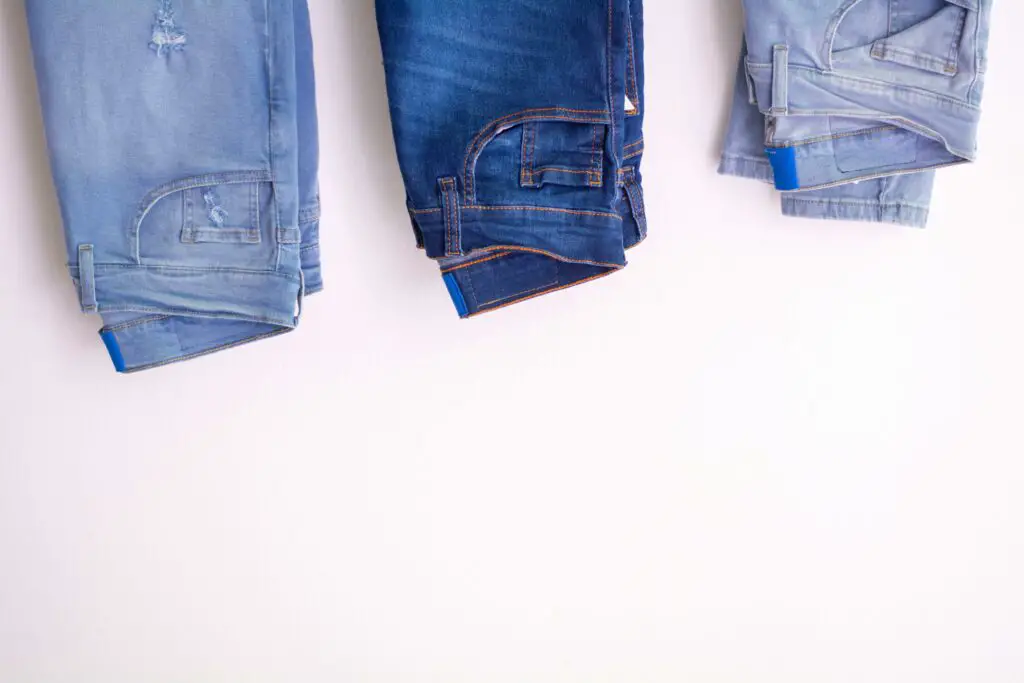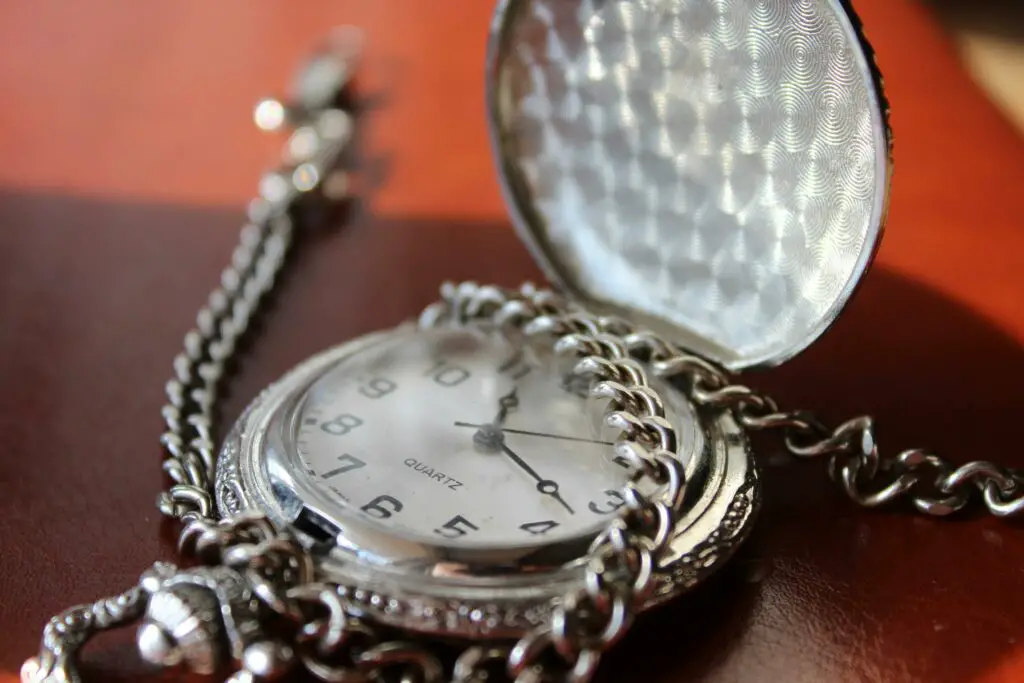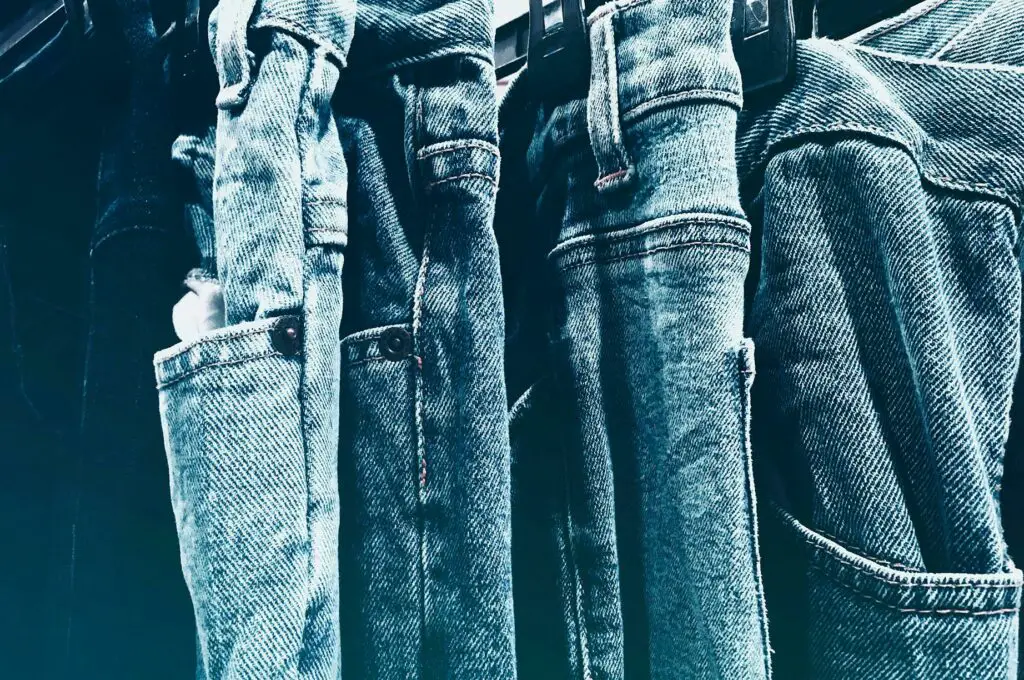Who doesn’t own a pair of jeans, given how iconic they are.
The origin of jeans dates back to the 19th century and is deeply connected to workwear, durability, and the American West. At the beginning, it was worn by miners, cowboys, railroad workers, and farmers, but during the 50’s, jeans became a symbol of youth rebellion. This was influenced by the likes of James Dean and Marlon Brando, who were adored by millions.

It was invented by Jacob Davis, a tailor, and Levi Strauss, a German immigrant and dry goods supplier. Made of denim, a durable cotton twill fabric, originally dyed with indigo to make the iconic blue, jeans gained popularity quickly.
Nowadays, jeans represents a fashion staple worldwide.
If you love jeans, you have certainly spotted that tiny pocket tucked away inside your jeans’ front right pocket. If you have and wondered what it serves for, we have the answer.
In fact, the history of this small pocket dates back more than 150 years. Nowadays, it doesn’t serve any particular purpose, but back in the day it was used to accommodate a pocket watch, an essential and fashionable item for men in the 1800s.
It offered a tight and safe spot to store the pocket watches, keeping them protected from damage during labor. Since the watches were often attached to chains, separating them from other items made perfect sense. So, it’s safe to say that the jeans’ tiny pockets were both practical and fashionable.
Although it’s extremely rare for someone to carry a pocket watch nowadays, the tiny pocket remained an iconic part of the much-loved clothing item we all a pair of.
Today, people use it to keep other items such as coins, tickets, keys, and more.
Although no longer essential, this little pocket stands as a subtle tribute to the jeans’ origins in workwear.
Please SHARE this article with your family and friends on Facebook.
Bored Daddy
Love and Peace


